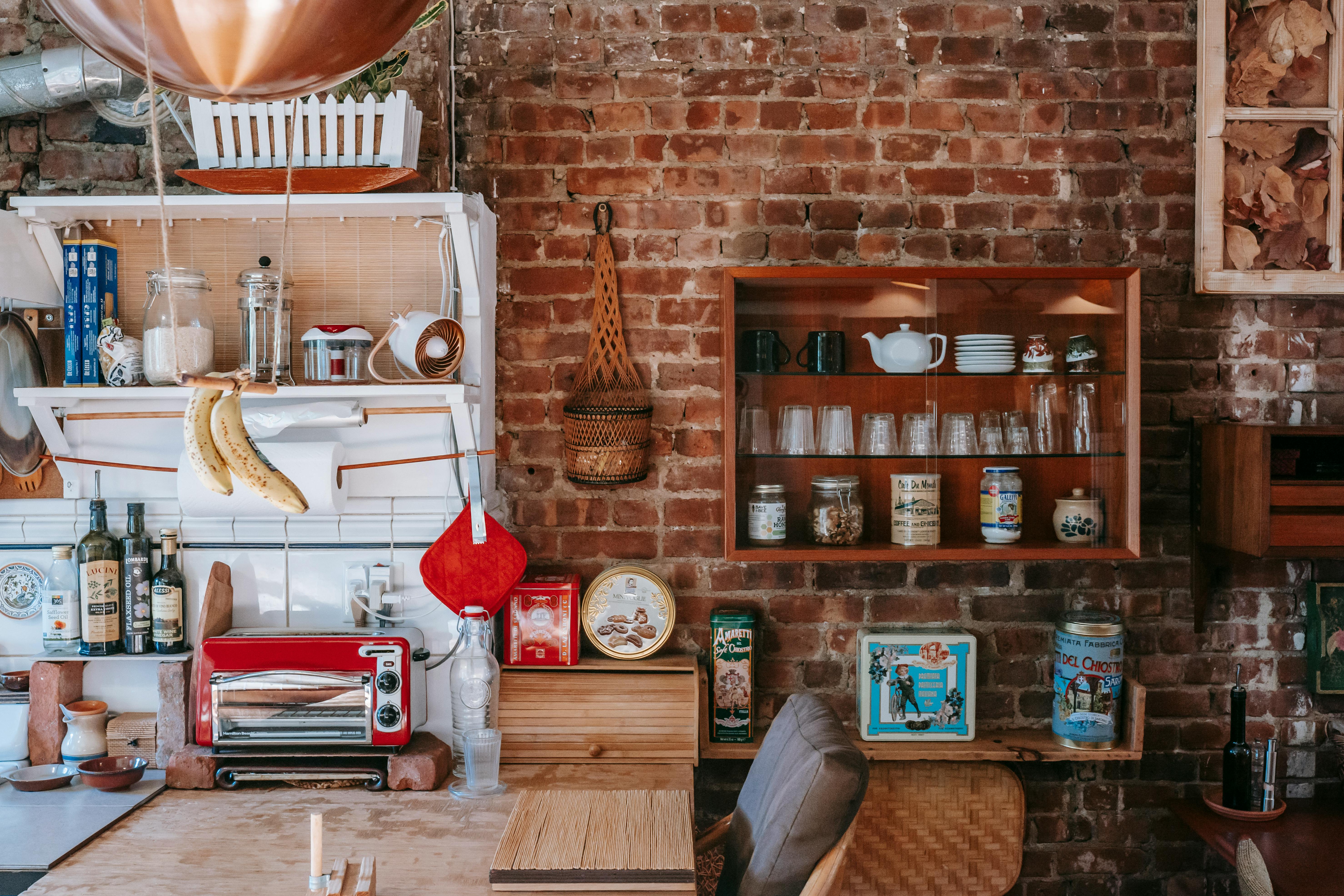
Malaysian history in a nutshell
admin
- 0
Much of Malaysia’s history began in a place called Malacca, when a 14th-century Palembang prince named Parameswara fleeing from the Srivijayan empayar, escaped to the island of Temasik, now known as Singapore. There, he established himself as king by courting a local princess and later sought refuge on the Malay Peninsula. It was here that, while resting under a Melaka tree, Parameswara witnessed an extraordinarily strange phenomenon before his very eyes; He saw a mouse deer outwit his dog! Therefore, he took what he saw as a good omen and decided to establish there a kingdom called Malacca.
Other sources claim that the word “malacca” actually arrived with Arab merchants and was derived from the word “malacat”, which means market. It has also been said that Parameswara was actually a descendant of Alexander the great of Macedon.
Although its origin is both romantic and historical, the truth is that the new city of Parameswara was located at a point of enormous strategic importance. Midway along the strait that linked China to India and the Near East, Malacca was perfectly positioned as a center for maritime trade. The city grew rapidly and within fifty years it had become a rich and powerful center of international trade, with a population of just over 50,000. It was during this period in Malacca’s history that Islam made its way into the Malay world, arriving alongside Gujarati merchants from western India. In 1414, at the age of 70, Parameswara converted to Islam from Hinduism after his marriage to Malik ul Salih of the princess of Pasai and called himself Sultan Megat Iskandar Shah.
Parameswara died in 1424 and was succeeded by his son. In the first decade of the 16th century, Malacca was a bustling, cosmopolitan port that attracted hundreds of ships each year. Unfortunately, this fame came just as Europe began to extend its power eastward, and Malacca was one of the first cities to attract its greedy gaze. In 1511 the Portuguese arrived under the command of Alfonso de Albuquerque, taking the city after a sustained bombardment. The Portuguese controlled the city for the next 150 years.
Surprisingly, the Portuguese rule came to an abrupt end. Our fate was about to change again when, in 1641, the Dutch infested Malacca after an eight-month siege and fierce battle. Malacca was finally theirs, but it was almost in ruins. Over the next century and a half, the Dutch rebuilt the city and used it largely as a military base, using its strategic location to control the Straits of Malacca, thus monopolizing the region’s economy.
In 1795, when the Netherlands was captured by the French revolutionary army, Malacca was handed over to the British as a trade by Bencoleen, Sumatra. Beginning in 1826, the city was ruled by the Calcutta-based English East India Company and little did we know that English importance would increase and the entire region would soon become a British colony. For years, the British were only interested in Malaya for its seaports and to protect its trade routes, but the discovery of tin led them to move inland and eventually rule the entire peninsula. Meanwhile, James Brooke, the ‘White Slit’ and the North Borneo Company made British inroads into Sarawak and Sabah, respectively. It was during this time that miners from China and rubber tappers from India were brought to Malaya; paving the way for a future multi-ethnic society.
Unfortunately, in 1942, the effects of the brewing World War II finally reached Asia when the then powerful Japanese empire turned its cruel gaze on Malaya with its conquest to expand its empire. This was a dark period in Malaysian history, as many innocent lives were lost. But the brutal Japanese occupation did not last long, it ended as suddenly as it had begun. After three years of bloodshed, the Japanese withdrew, due to their defeat in the war and when the world witnessed the fall of the Empire of Japan, the British returned to rule what was initially theirs.
Over the course of the next 10 years, as a result of the increasing number of freedom fighters and uninhibited intellectual pursuit, a series of events brought together the major races of Malaya to achieve a common goal. INDEPENDENCE.
And in 1957, after proving to the British that we were ready, capable and reliable to take matters into our own hands, independence … we got it.
But a period of instability followed due to an internal communist uprising and external “confrontation” with Indonesia. In 1963, the northern Borneo states of Sabah and Sarawak, along with Singapore, joined Malaysia to create Malaysia.
Since then, there have been no stops for Malaysia as it grew, developed and prospered during what has been perceived as a relatively short period of time; a young nation experienced tremendous growth; economically, politically and transformed from an economy based primarily on agriculture to a technology-oriented industrial center.
Yes, Malaysia has done it in its own way and it remains a paradox in today’s modern world; whereby a multicultural nation, of diverse races and religions, could live in harmony and peace and yet reach the peak of success.

